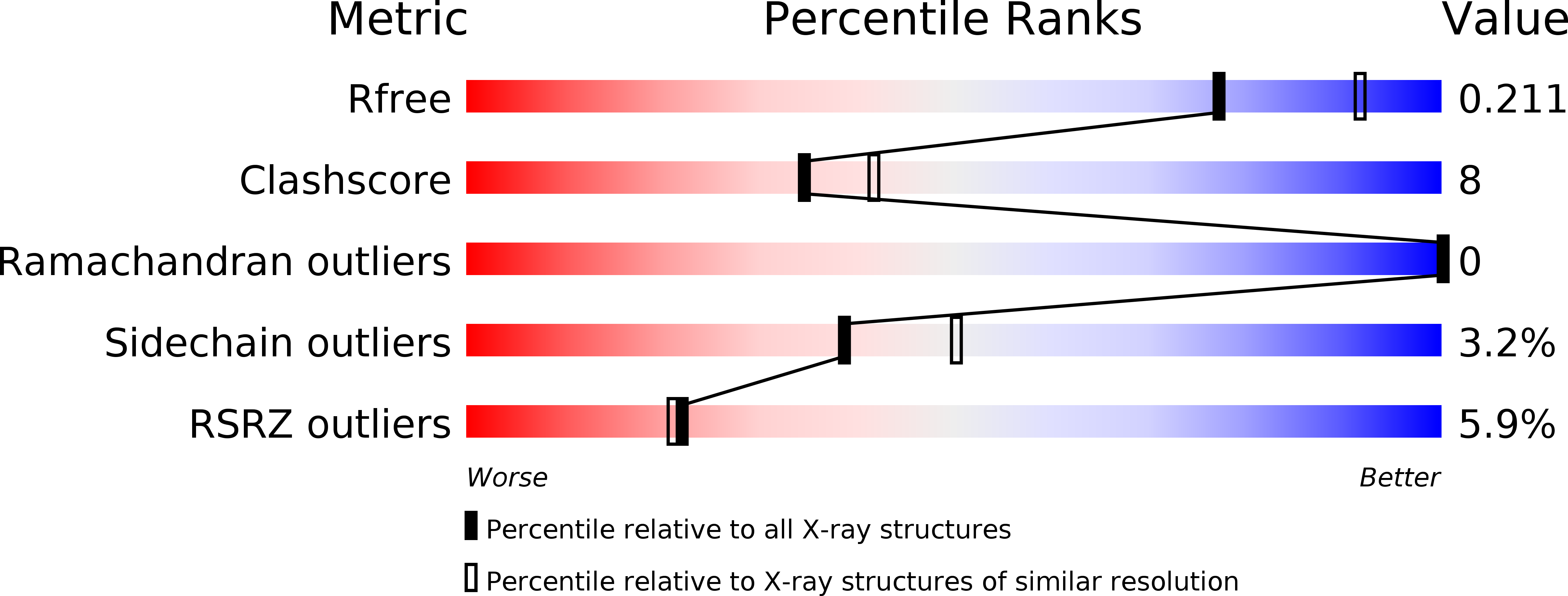
Deposition Date
2010-02-22
Release Date
2010-04-28
Last Version Date
2024-11-06
Entry Detail
PDB ID:
2X6V
Keywords:
Title:
Crystal structure of human TBX5 in the DNA-bound and DNA-free form
Biological Source:
Source Organism:
HOMO SAPIENS (Taxon ID: 9606)
SYNTHETIC CONSTRUCT (Taxon ID: 32630)
SYNTHETIC CONSTRUCT (Taxon ID: 32630)
Host Organism:
Method Details:
Experimental Method:
Resolution:
2.20 Å
R-Value Free:
0.22
R-Value Work:
0.19
R-Value Observed:
0.19
Space Group:
P 61 2 2


